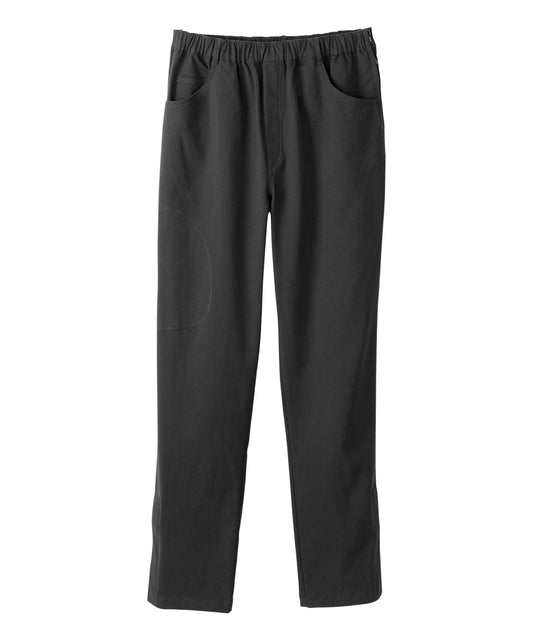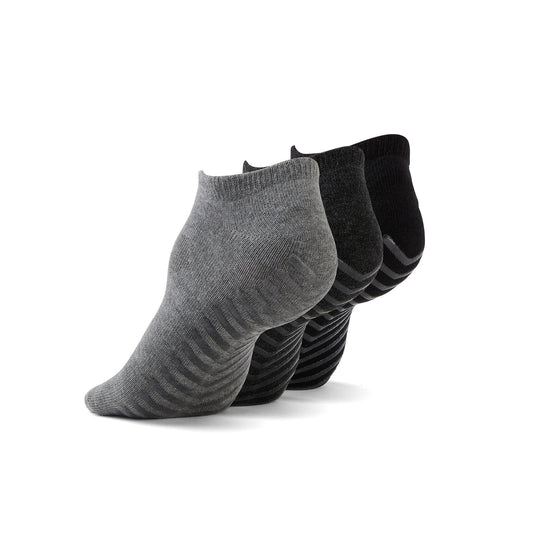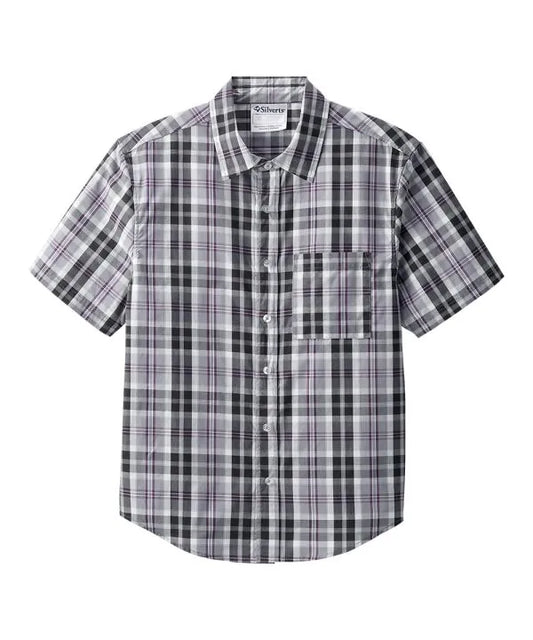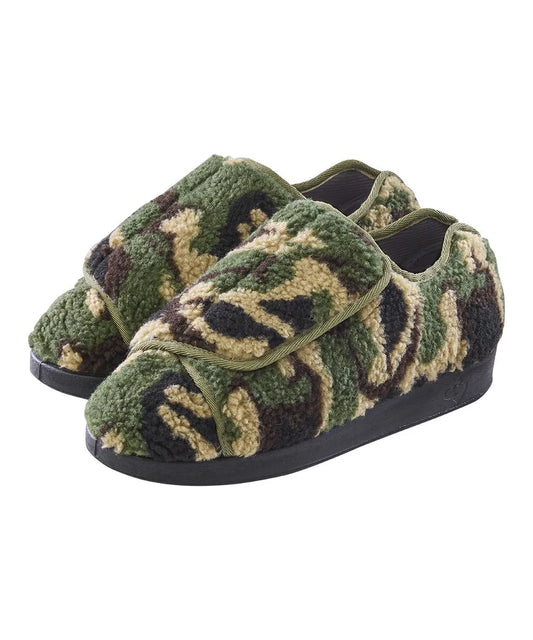Written by Tara Chen & reviewed by Nicole Fernandes.
Stroke patients often face several difficulties that impact their daily living. They may experience mobility and physical challenges from paralysis or weakness, which make it difficult to perform actions that they were once able to, including dressing. These new challenges may cause frustration and anxiety, which highlight the importance of caregivers in helping stroke patients get dressed.
As a caregiver, it is essential to understand the unique needs and limitations of your loved one or patient in order to provide effective help. In this article, we will explore several tips to help caregivers provide excellent care to stroke patients when dressing.
Assess the patient’s abilities
To better help stroke patients with dressing, it is important to assess their individual abilities and limitations. As the caregiver, you may ask your loved one or patient to perform certain movements such as stretching, twisting, bending, and more to determine which actions they can and cannot perform. It can also be useful to assess their balance, muscle strength, fine motor skills, and overall physical condition to assess the level of assistance they may need. Remember, each stroke survivor is different and will have varying levels of impairment.
Overall, understanding your loved one or patient's specific needs will guide you in providing the appropriate level of assistance. For example, if the stroke patient has limited mobility on one side of their body, then they may need help putting on clothes, such as sweater sleeves, on their affected side. Additionally, a patient with cognitive impairments due to their stroke may need step-by-step guidance and reminders throughout the dressing process.
Create a safe and comfortable environment
When helping your stroke patient get dressed, it is also helpful to have a safe and comfortable environment. You may ask your loved one or patient for their preferences and also set up aids around the room for balance.
For instance, having appropriate lighting helps with visual perception and identifying clothing items. Arranging the room to be clutter-free can also reduce distractions and decrease the risk of accidents. In addition, temperatures change every season and may fluctuate occasionally, so it is important to pay attention to the temperature of the room to ensure comfort. Also, providing a chair with armrests or a dressing bench can give support and stability to the stroke patient who may have difficulties balancing. Remember to adjust the height of the seating to make it appropriate for your loved one or patient to perform dressing tasks. Make sure that they can easily access clothing items and remove unnecessary strain on their bodies.
Another important step is to create a safe environment that minimizes the risk of injuries and falls. Grab bars that are installed within arm’s reach can be useful for helping your loved one or patient maintain their balance when dressing. Walkers and other devices can also be offered as alternative balance aids. Additionally, lining the floor of the room with nonslip mats can reduce the number of accidental slips or falls, ensuring safety for the stroke patient.
Overall, ensuring that the room used for dressing is comfortable for your loved one or patient can help them feel more at ease during their routine. Taking precautions by providing balance aids can greatly reduce injuries as well. Also, remember not to rush the patient and allow sufficient time for them to perform the dressing routine at their own pace.
Choose appropriate clothing
Choosing suitable clothing for your loved one or patient’s wardrobe can make the dressing process much easier. For instance, having loose-fitting garments with large openings, front-button shirts, and elastic waistbands make it easier to put the garment on and take it off. It eliminates the need to use complicated closures such as zippers or buttons. June Adaptive offers Men’s Cotton Pants with Elastic Waist that features pull-up loops and a drawstring to cinch the garment in place. It also comes in seven different sizes and three different colours.

Another adaptive feature used in clothing that can be beneficial to stroke patients is magnetic closures that minimize the need to button-up garments. For example, June Adaptive offers a Women’s Light Denim Jacket with Magnetic Closures. It is not only fashionable but also comes in six different sizes and is made with comfortable fabric.

Moreover, adaptive footwear can help stroke patients maintain better balance. For instance, Velcro closures on shoes reduce the need to bend down, maintain balance, and spend minutes tying shoelaces. Elastic shoelaces are another alternative that allows your loved one or patient to easily slip their foot into the shoe while maintaining adequate shoe tightness. Moreover, socks with a grip on the soles help stroke patients maintain balance when they are in the process of putting on their shoes. June Adaptive offers Ankle Anti-Slip Socks that come in two sizes and four colours.

Some other clothing feature to consider is choosing garments with breathable, soft, and lightweight fabrics. This will reduce friction of the skin, decreasing the risk of skin irritation. Moreover, each individual has their own personal preferences and may have cultural or religious commitments, so it is important to take these factors into account when selecting clothing. Remember to respect your loved one or patient’s choices when developing a dressing routine for them.
Overall, implementing adaptive clothing into the wardrobe of stroke patients can help make their dressing routine more simple and less frustrating. As the caregiver, remember to introduce these adaptive garments into their routine slowly and give proper instructions on how to use them.
Simplify the dressing routine
Stroke patients may have difficulty performing the necessary motor functions and movements to get dressed, which may cause increased frustration despite selecting adaptive clothing. It is important to not only explain the procedure but to also break it down into smaller, manageable steps so that your loved one or patient can perform it more easily. After a bit of practice, they may get used to the process of dressing and have an easier time coordinating their motor movements.
Also remember to clearly communicate each step of the dressing process by using simple and concise instructions, and providing demonstrations if needed. Visual cues in the form of pictures or written guides may also help stroke victims understand how the dressing procedure should be performed.
To help stroke patients become familiar with their adapted dressing routine, it can be useful to perform it consistently each day and ensure that the sequence is the same each time. This provides a sense of predictability and your loved one or patient may soon start to be more independent in their dressing routine. It will also help them feel more comfortable and confident in this part of their daily routine. As the caregiver, you may also help your stroke patient gain independence by gradually reducing the level of assistance provided, if possible.
Encourage them to perform certain parts of their routine by themselves, and only provide help when necessary. This will allow them to gradually be more involved and independent, which will give them a great sense of accomplishment.
Be patient and encouraging
Experiencing a stroke can sometimes be a sudden incident and it is often life-changing. Many routines and constants in their life will likely need to be altered, which can cause a great deal of stress on top of managing their health. It is important for caregivers to recognize that adapting to new routines can be extremely difficult and that being a supportive caregiver can help their loved one or patient feel more hope.
Remember to be patient, positive, encouraging, and understanding of their difficulties throughout the dressing process. It is also as equally important to allow the stroke patient to take their time and express their frustrations if needed. Recognizing and praising their efforts whenever they accomplish a goal or succeed in learning a new skill can also provide them with positivity and courage. Whenever things become difficult, it can also be useful to remind them of their improvements thus far.
In addition, as a caregiver, it is important to be emotionally aware and responsive to your loved one or patient. Be attentive to signs of emotional distress and fatigue, as they are quite prevalent among recent stroke survivors. Understand that recovering from a stroke is both mentally and physically draining and that experiencing further difficulty in their dressing routine may exacerbate those feelings. Try to remind the stroke patient that progress occurs over time and that they have been doing well.
Overall, being a caregiver for stroke patients patience, empathy, and an encouraging attitude. Since all stroke survivors have varying levels of injuries, it is useful to perform an initial assessment to see where they may need assistance in their dressing routine. Providing an environment that is comfortable and safe can also help ease their stress and minimize the risk of injuries. Moreover, selecting adaptive clothing for their wardrobe can minimize the time required, reduce balance issues, and decrease frustration in their dressing routine. Simplifying the steps required and maintaining consistent steps in the routine can also help stroke patients gain familiarity and independence.
Remember that stroke recovery is a journey toward the patient’s overall well-being. By utilizing the tips mentioned in this article, caregivers can create a supportive environment that will allow stroke survivors the courage to grow and gain confidence in their dressing routine and daily life.















